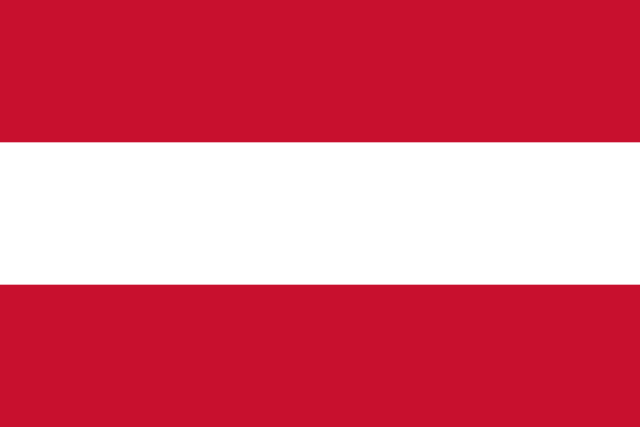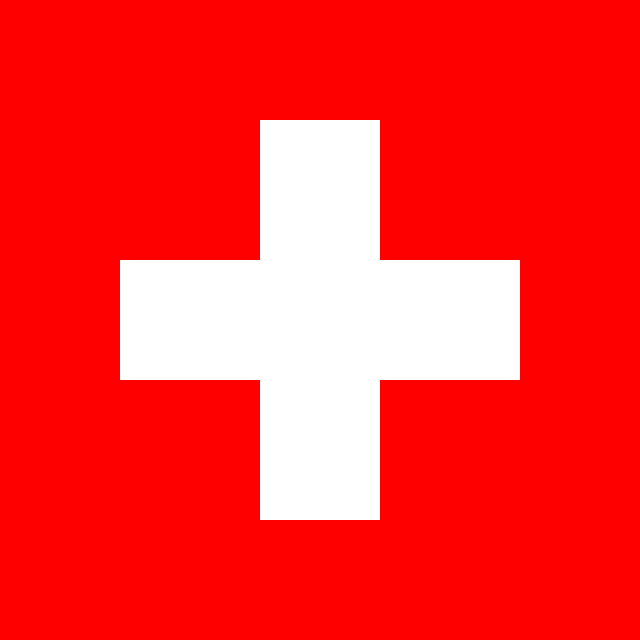Country Information
| Sovereign State | Yes |
| Country Codes | LI, LIE |
| Official Name | Principality of Liechtenstein |
| Continent | Europe |
| Capital | Vaduz |
| Government Type | Constitutional monarchy |
| Currency | Swiss Franc (CHF) |
| Calling Code | +423 |
| Member Of | United Nations, European Free Trade Association, Council of Europe |
| Population | Approximately 38,000 (as of 2023) |
| Total Area | Approximately 160 square kilometers |
| Highest Point | Grauspitz (2,599 meters or 8,527 feet) |
| Lowest Point | Ruggeller Riet (430 meters or 1,411 feet) |
| GDP Per Capita | Estimated at around $139,100 USD (as of 2023) |
| Life Expectancy | Estimated at around 82 years (as of 2023) |
| Internet TLD | .li |
Liechtenstein National Anthem
Oben am jungen Rhein (Up above the young Rhine)
Up above the young Rhine
Lies Liechtenstein resting on Alpine heights.
This beloved homeland, this dear fatherland
Has been entrusted to us by God’s wise hand.
Flags of Neighboring Countries


History of the Liechtenstein Flag
The flag of Liechtenstein is a powerful symbol of its national identity, steeped in history and meaning. The flag, consisting of two horizontal bands of blue (top) and red with a gold crown on the blue band near the hoist side, was officially adopted on June 24, 1937. However, its history traces back much further.
The flag’s design is rooted in the 18th century, with the colors blue and red being significant in the coat of arms of the House of Liechtenstein, the ruling family of the country. The addition of the crown, which occurred in 1937, was prompted by an interesting incident at the 1936 Olympic Games. It was discovered that Haiti had the same flag as Liechtenstein, so to differentiate their flag, Liechtenstein added the prince’s crown symbolizing the unity of the people and their prince.
The colors and the crown each have their symbolism. The blue represents the sky, while the red symbolizes the fireside evenings of the people of Liechtenstein. The crown embodies the unity and justice of the nation’s people and their prince. This flag, relatively unchanged for decades, represents the continuity and stability of Liechtenstein. Despite being one of the world’s smallest countries, Liechtenstein’s flag symbolizes its rich history, sovereignty, and the unity of its people.

